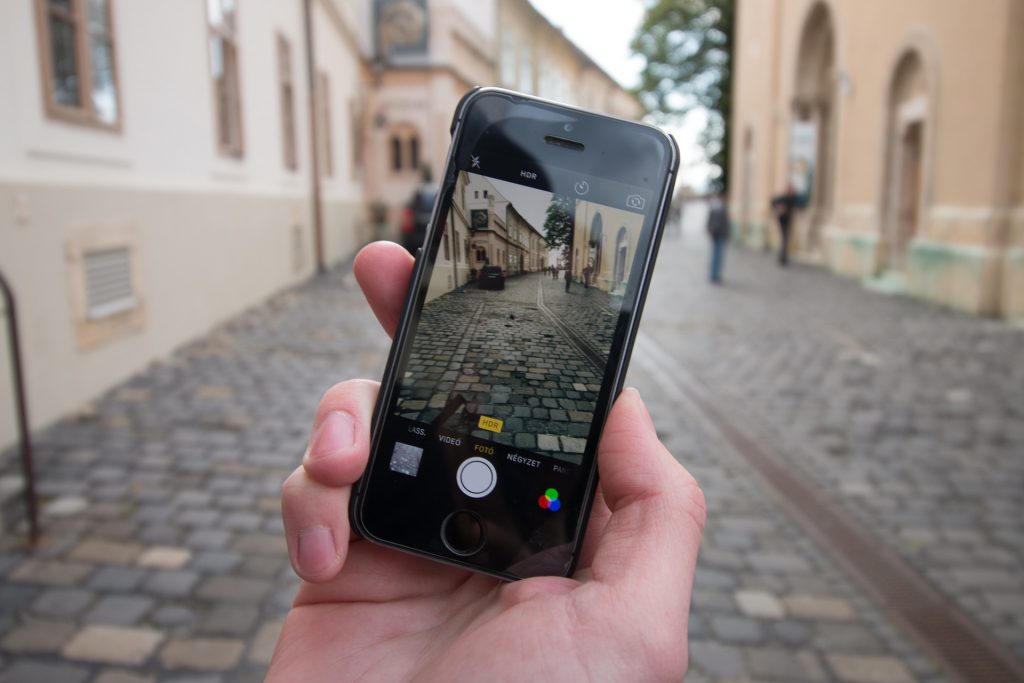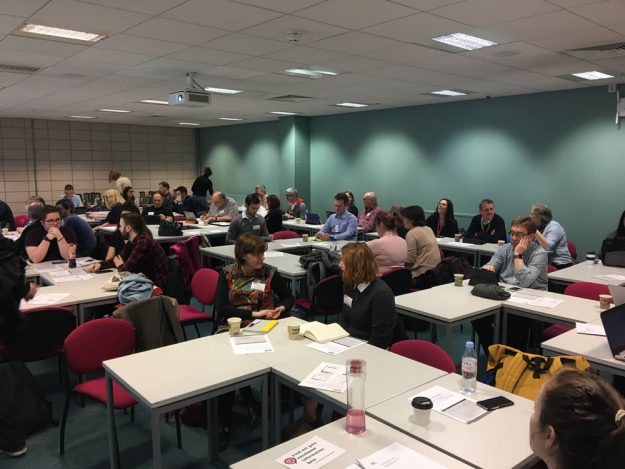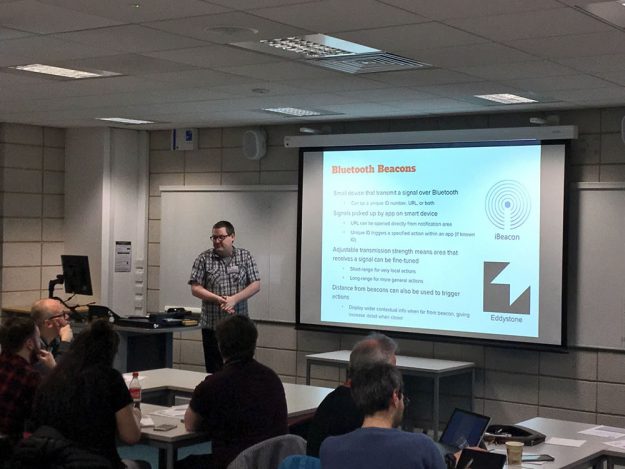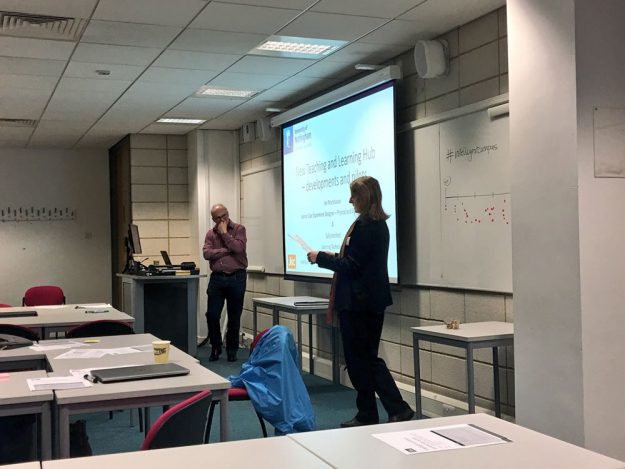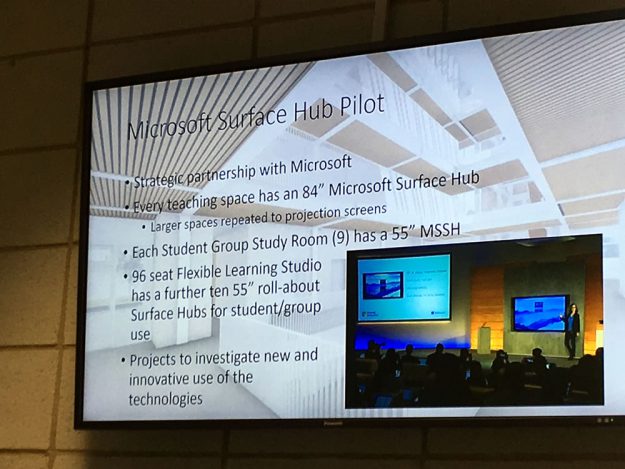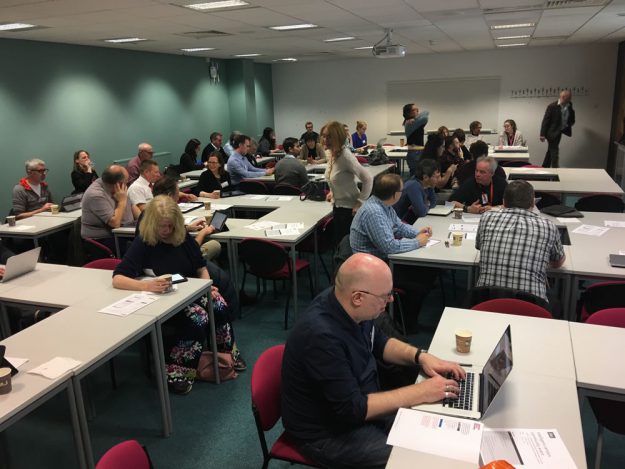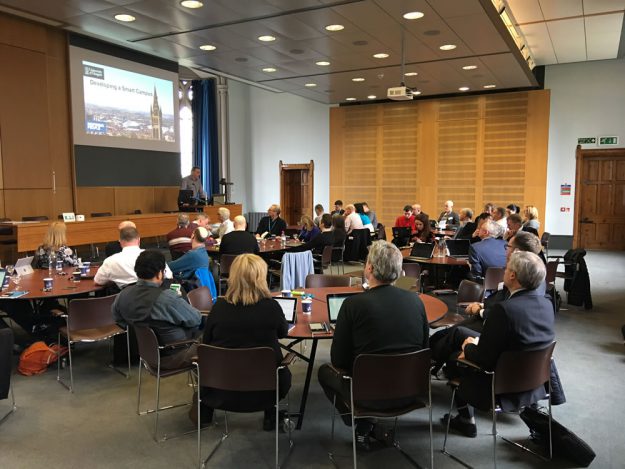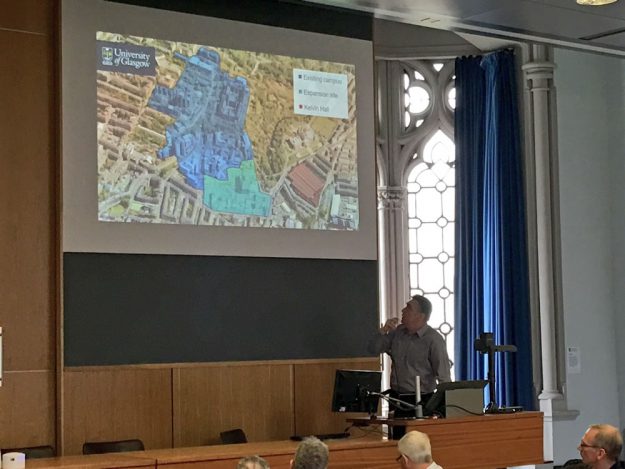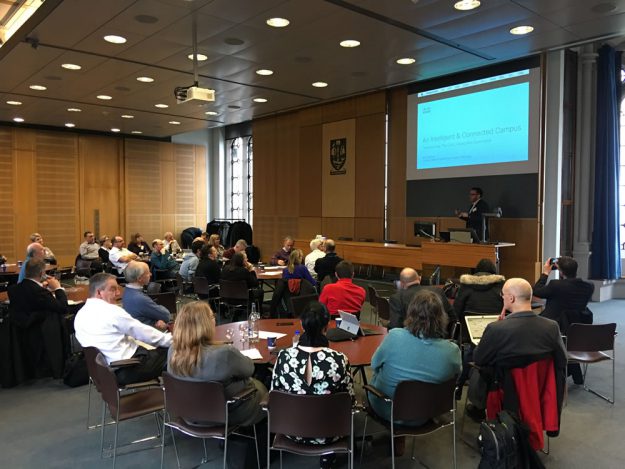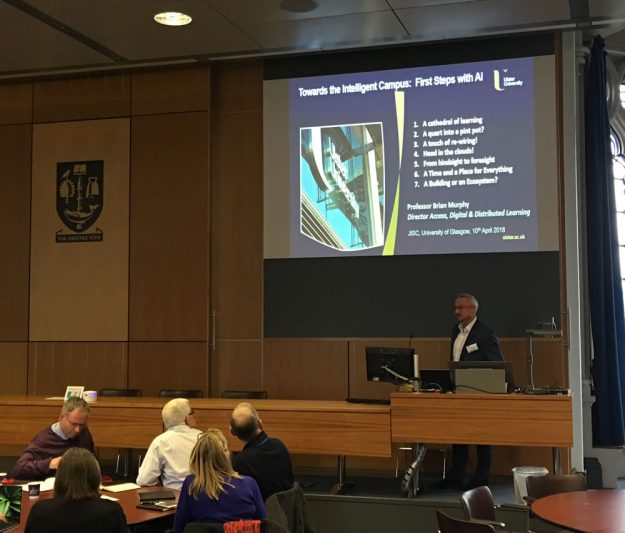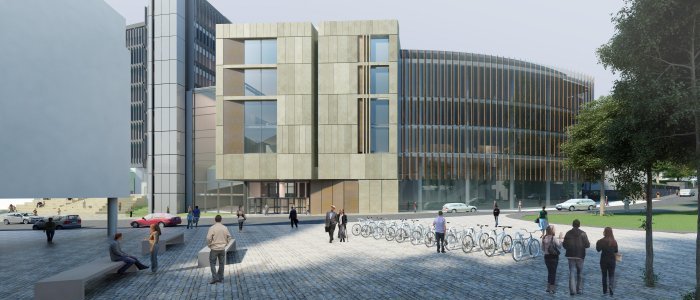
Kate Nicolson, a Graduate Education Technologist at Jisc at the end of January attended the Social Software Development Meetup in Manchester. Here she discusses some of the presentations and thinking from the various presentations.
The talk ‘the future of chat-bots’ by Gary Pretty in Manchester was not what I expected. Anticipating a social hypothetical discussion on the application of chat-bots the group received insight to the current technological climate of customer relations followed by a series of practical demonstrations of the application of chat-bots using Microsoft Azure Bot Service.
Mr Pretty opened with a brief introduction of himself as the technical strategist, senior developer and one of the Microsoft MVPs at Mando in Liverpool. The scene was soon set with a quote:
“The most profound technologies are those that disappear. They weave themselves into the fabric of everyday life until they are indistinguishable from it.” – Mark Weiser, Chief Technologist at Xerox.
There is a world of ubiquitous technology where the act of ‘talking’ to devices now being a widespread ‘norm’, so much that non-technical folk old and young are comfortable with AI like Alexa and Siri; this gives chat-bots an opportunity they have not previously had. Chat-bots have been around a long time, however people are now aware of them and understand they are a tool, not a novelty or a trick.
There are now more installations of messenger apps than social media apps. Messenger apps are a domain that are commonplace and part of people’s daily lives. Companies that utilise chat-bots on messenger platforms can reach people in their own familiar territory. Making people come to a website, dial a phoneline or travel to a store, forces them to learn unfamiliar layouts or territories to find a way to get want they want or need. A chat-bot understands the language they use, is in a format they use every day and is laid out in way that is easy to navigate and revisit.
Example: Proactive customer service
The lights go out in your street, you pop on a messenger app and start a conversation with your local utilities company. It greets you, you ask what is wrong with lights in your street, it takes your postcode, it gives you a status update and lets you know it will message you with updates. The messages stay, your details are kept, a few months later you’re at work, you get a message saying that there are issues in your area and they will be resolved asap. This enables you to plan ahead, you’re happy that they have kept you informed and you didn’t have to chase them when you got home.
Example: Cross-platform support
You’re doing research on education technology trends. Using outlook to email a research chat-bot gives you a good 5 articles to start your framework. After laying the framework you start a skype chat with the bot to pull out more supporting arguments and recommended journals around an area. The recommendations spur on ideas that you comment on as your conversations will archive in outlook to build up your notes for later. Later that week as you shape up your report you get a SMS from the bot notifying you that a new journal has come available that has strong correlation to the themes of your report and supplies you with a link.
Bot creation is not artificial intelligence, it is conversation design. The code is a combination of sections listening out for triggers and cascading flows of programmed responses. A bot could listen for the person to ask a question, it will check if something particular is mentioned and will give the appropriate information. The bot can be programmed with defaulting responses like “sorry I don’t understand can you rephrase it”. Depending on the app it is plugged into the bot could present premade options to make the conversation easier to progress through. The bot designer will usually aim to craft a conversation path that gives the desired outcome or information as efficiently as possible.

Artificial intelligence (AI) is available as plugins, optional attachments, that the bot can use to be more sophisticated and adapt more effectively to the needs or goals presented. Some AI require training before the bot is launched, this means running it through sample scenarios about 200 times so it learns what it should be doing given its context.
Example: Image Analysis
A casting agency app asks potential models, actors or extras would create a profile and upload a picture. The picture would be analysed to check that someone was in the picture, that they didn’t seem scary or aggressive, check there was only one person in the image and that it was ‘suitable for all audiences’. The bot was then able to accept or advise appropriately by responding with something like ‘Hi, I’m afraid there are too many people in this picture, I won’t know which one is you’.
Example: Sentiment analysis
A useful plug in that can detect levels of anger, stress or upset and score it between 0 and 1. In linking it to a first line customer service chat-bot, it will know when to hand over the enquiry to a human ‘college’ when the sentiment hits a certain level. Issues can be resolved in the most appropriate way, quick and efficient bot for the easy FAQs and complicated ones passed to trained advisors before well before the stress escalates too high.
Some AI plugins are ready to be used by the bot without training.
Example: Translation
Of course, it is recommended that if you have a large proportion of your users from a particular country then you should invest the time and money on translators and cultural consultants. However, to cater to smaller demographics quickly and cheaply the translation AI can do real-time audio and PowerPoint slide translation for live/streamed audiences. It can utilise the context of the words to increase accuracy, but note it may not be able to handle obscure technical, subject-specific or scientific terms.
Excellent free open source bot makers are available, and so easy to use you could make a bot in minutes with minimal technical know-how. The community of bot makers is always expanding and forging tools to make it easy for anyone to create their own.
Example: QnA Maker
Microsoft My QnA service maker is a super slick easy tool to instantly have a bot that can tackle all frequently asked questions. All that is required is to upload a document, spreadsheet or simply point the maker at a web address of the product’s manual or a company FAQ, this is then automatically converted into a knowledgebase. The bot is then immediately able to respond to any question in the knowledgebase with the appropriate answer. This gives a way for the customer to get solutions on channels that are quick, convenient and familiar.
The talk was educational and energising, finding that not only is the world ready for this approach to service delivery and that it is extremely simple to achieve with the right tools. The applications for not only educational services but also resources are endless. It is exciting to think ahead and look forward to having a wide range of bots each tailored to facilitate processes, research, education, collaboration and so much more. This is a great leap towards technology adapting to the natural behaviours of people, contrasting to the old ways of people bending to restrictions of device design.


